1. Sanssouci Palace in Potsdam


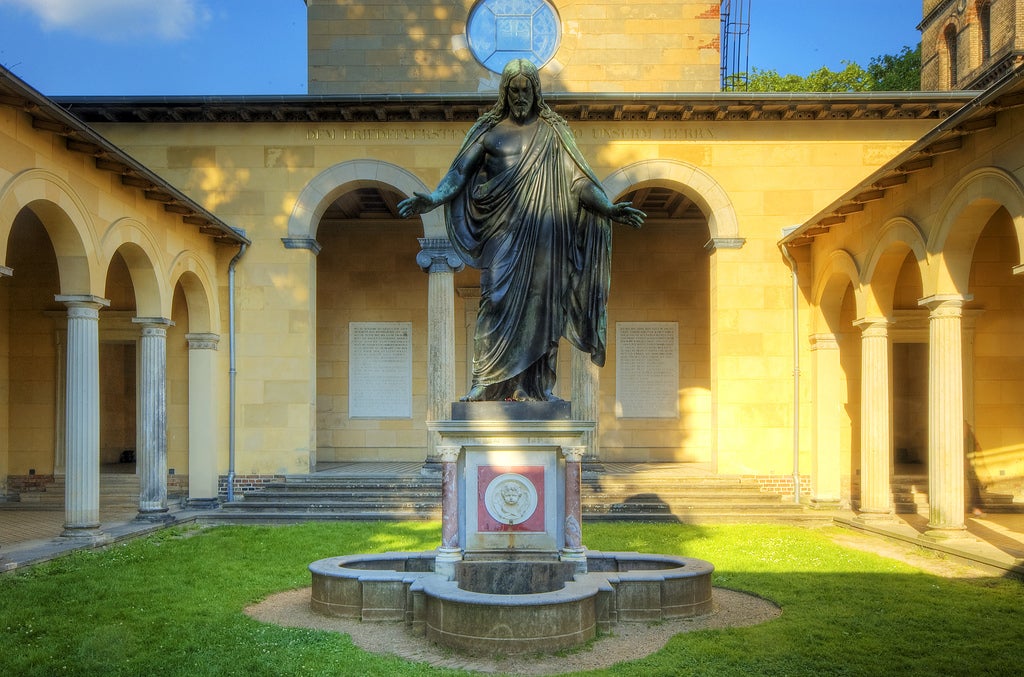
Schloß Sanssouci was the summer home to Frederick the Great, King of Prussia. Often described as the Prussian Versailles, the castle currently contains Frederick's library and many beautiful oil paintings, including ones by Watteau, Panini, and Pesn.
2. Hohenschwangau Castle near Füssen



Schloß Hohenschwangau was the official summer residence of King Maximilian II of Bavaria and his wife, Marie of Prussia. More than 300,000 visitors from all over the world flock to this beautiful castle every year.
3. Wartburg Castle in Eisenach

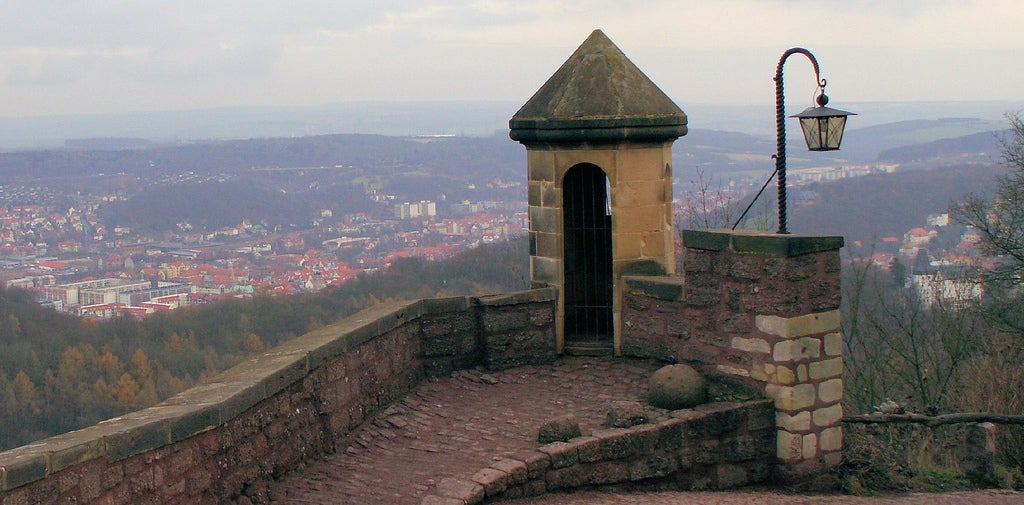

St. Elisabeth of Hungary was sent to Schloß Wartburg to become consort of Ludwig IV of Thuringia. Martin Luther also stayed at the castle for safety reasons after his excommunication by Pope Leo X.
4. Residenz in Würzburg

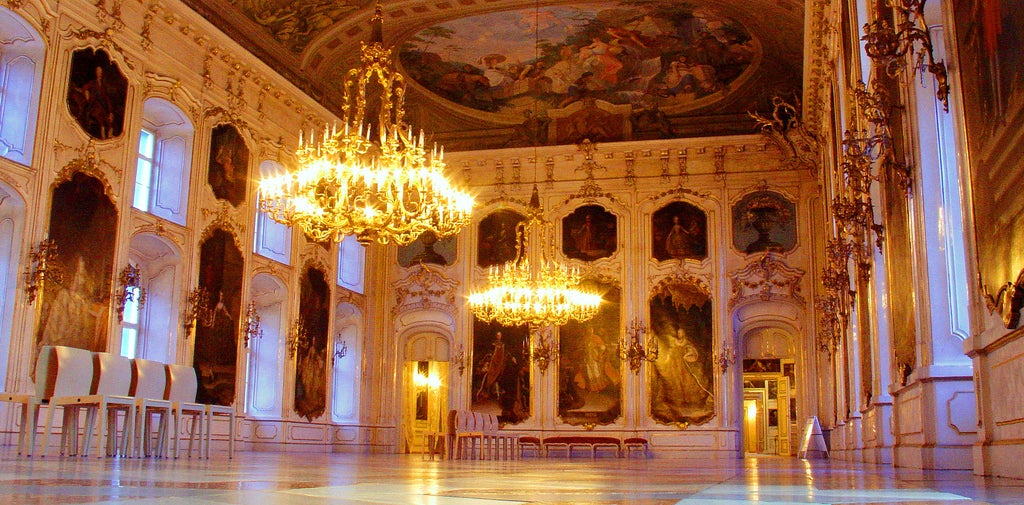
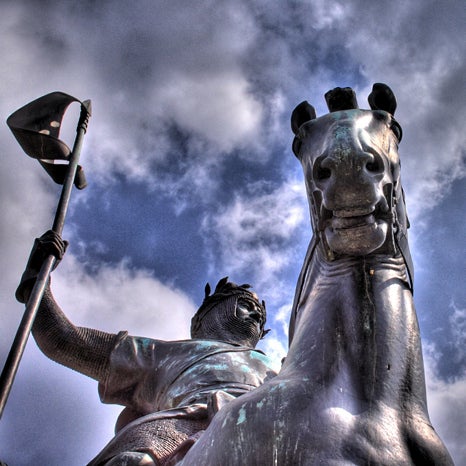
This beautiful building was former residence of the Würzburg prince-bishops. It was built for Prince-Bishop Johann Philipp Franz von Schönborn, but by the time it was completed it served Friedrich Carl von Schönborn and the two following Würzburg prince-bishops.
*Correction: Previously, the Residenz's location was listed as Munich.
5. Neuschwanstein Castle near Füssen
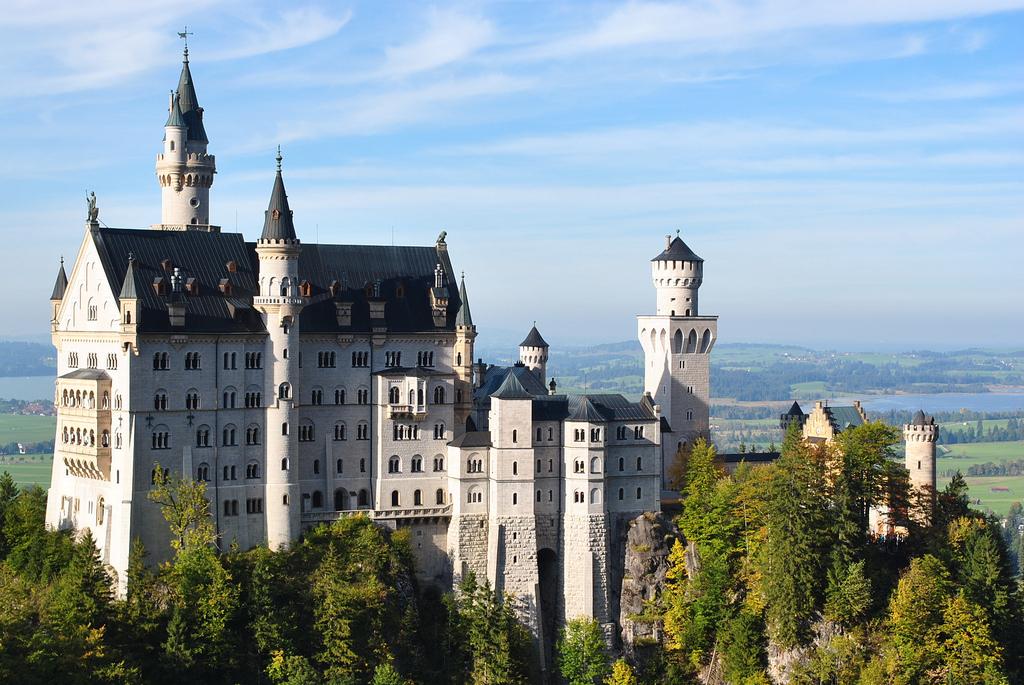
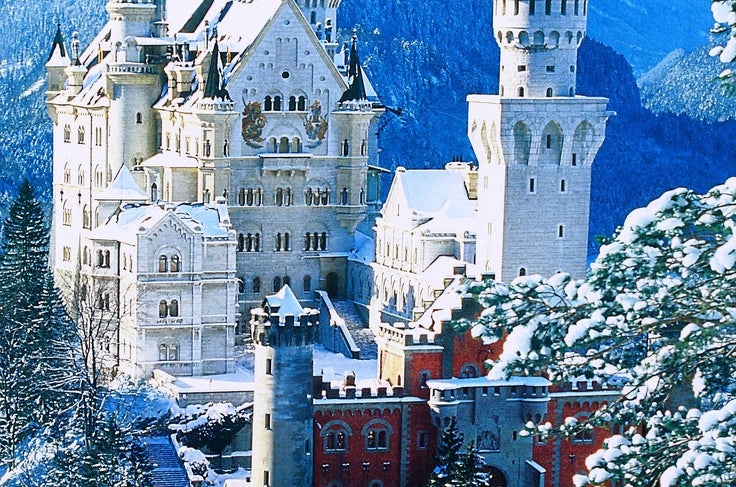
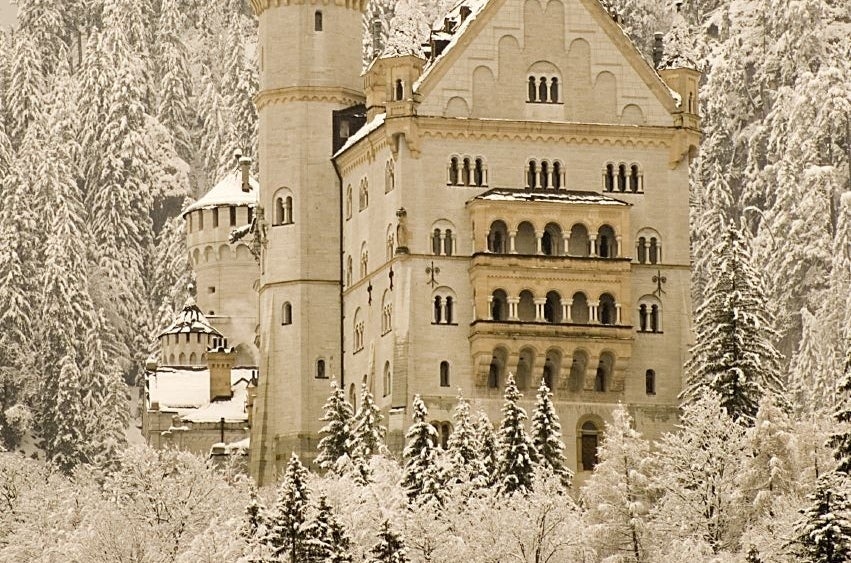
Schloß Neuschwanstein was commissioned as a retreat by Ludwig II of Bavaria. Ludwig paid for the palace out of his personal fortune and by means of extensive borrowing, rather than Bavarian public funds. The palace has appeared prominently in several movies and was the inspiration for Disneyland's Sleeping Beauty Castle.
6. Reichsburg Cochem in Cochem


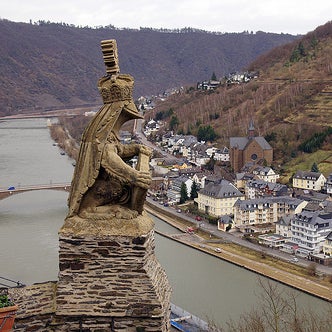
Reichsburg Cochem was occupied by King Konrad III, who declared it an Imperial castle. In 1688, the castle was overrun by French King Louis XIV's troops in the course of the Nine Years' War.
7. Nymphenburg Palace in Munich
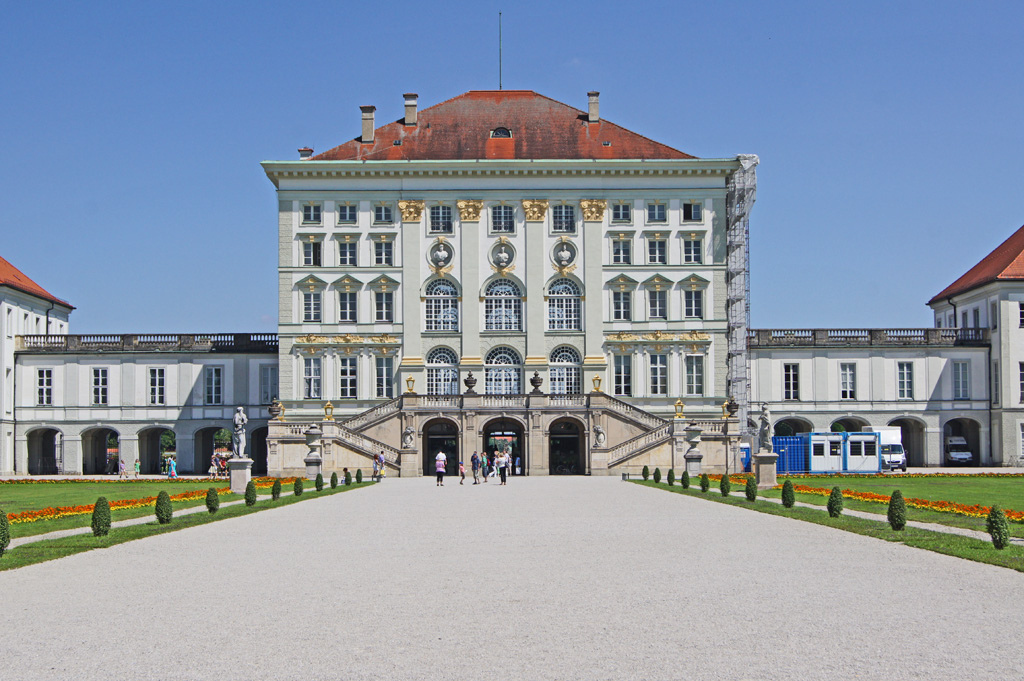


Nicknamed "Nymph's Castle," the palace was commissioned by the prince-electoral couple Ferdinand Maria and Henriette Adelaide of Savoy. Max Emanuel, the heir to Bavaria, a sovereign electorate of the Holy Roman Empire, undertook a systematic extension of the palace. Holy Roman Emperor Charles VII Albert's children also were born here.
8. Linderhof Palace in Ettal
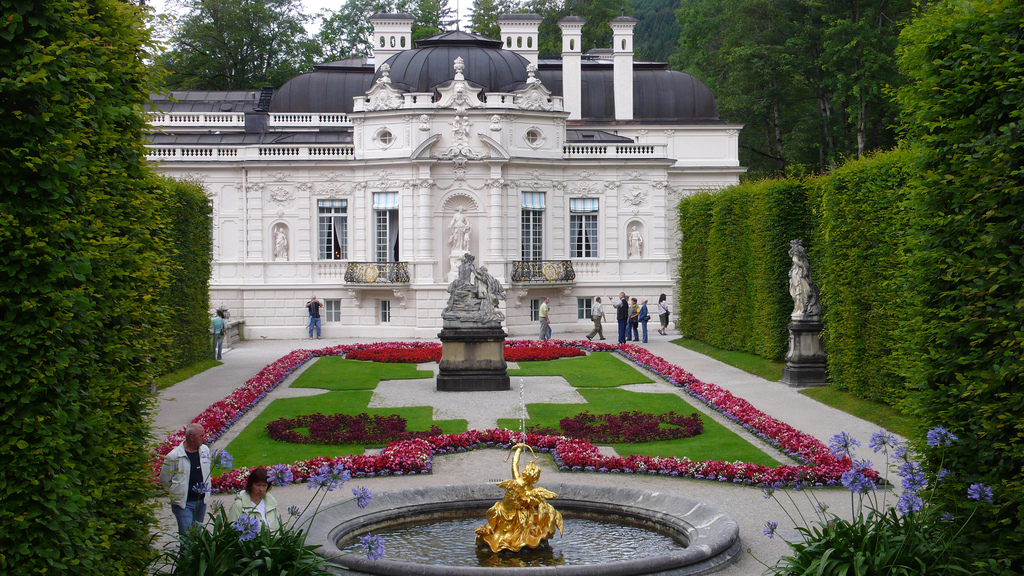
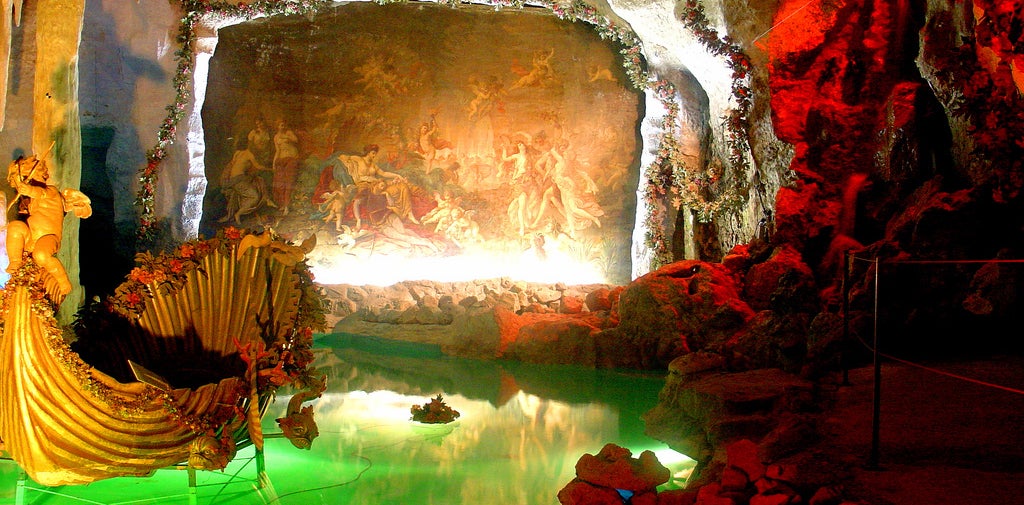

Schloß Linderhof, the eventual result of a long period of building and rebuilding, is the only large palace King Ludwig II lived to see completed. King Ludwig II was so fascinated by the splendor of the Bourbon Court that he set out to recreate the palace and gardens of Versailles. He even built an ornate grotto and liked to be rowed over the lake in his golden boat. Now that's luxury.
9. Hermitage Bayreuth in Bayreuth
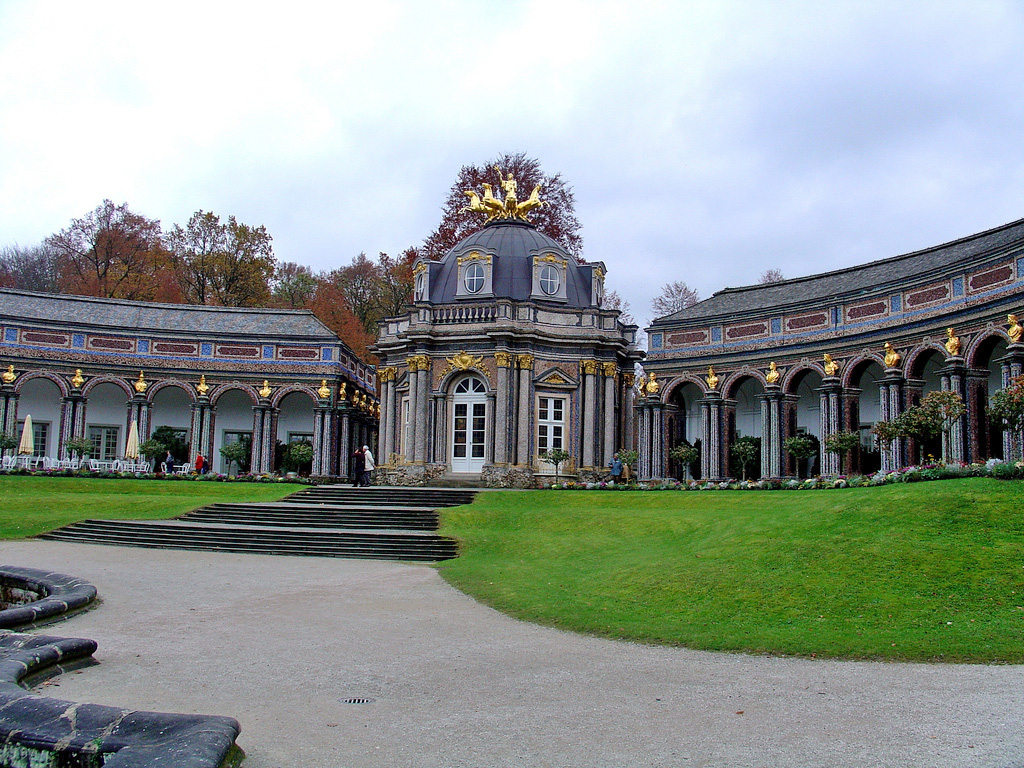
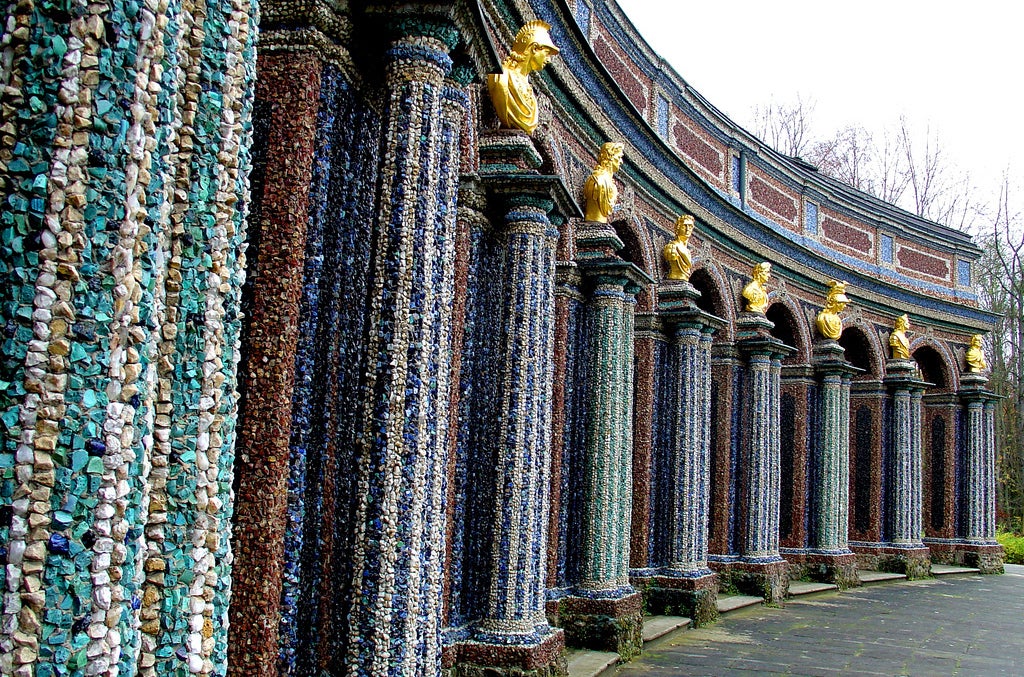
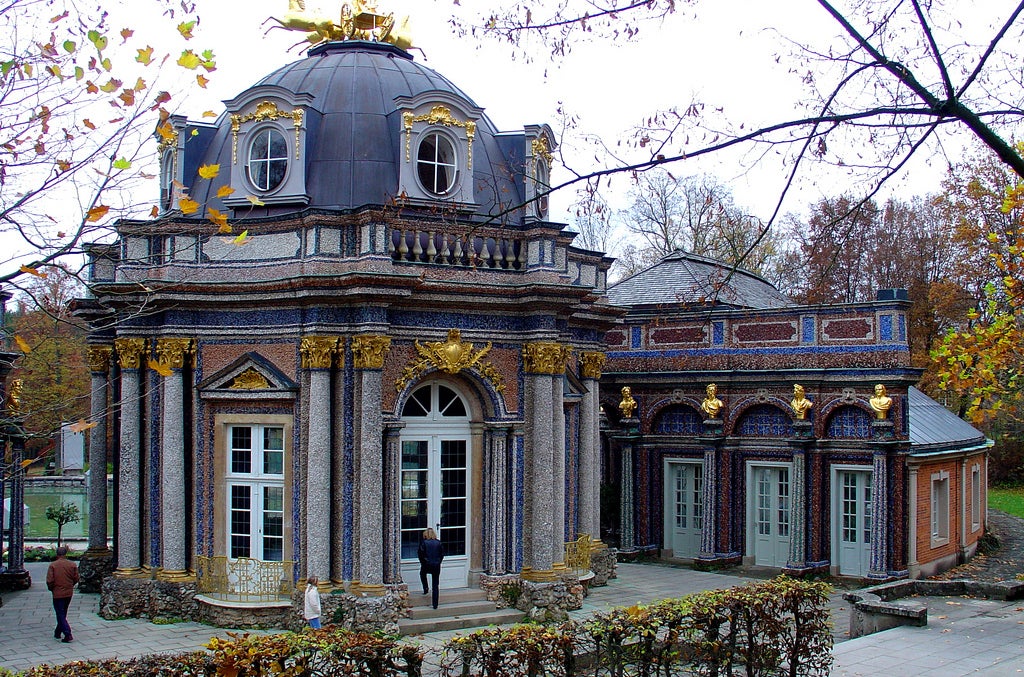
In 1715, Margrave Georg Wilhelm built the Old Palace near Bayreuth as the central feature of a court hermitage. When Margrave Friedrich took over the government of the margraviate, he presented this palace to his wife Wilhelmine.
10. Heidelberg Castle in Heidelberg
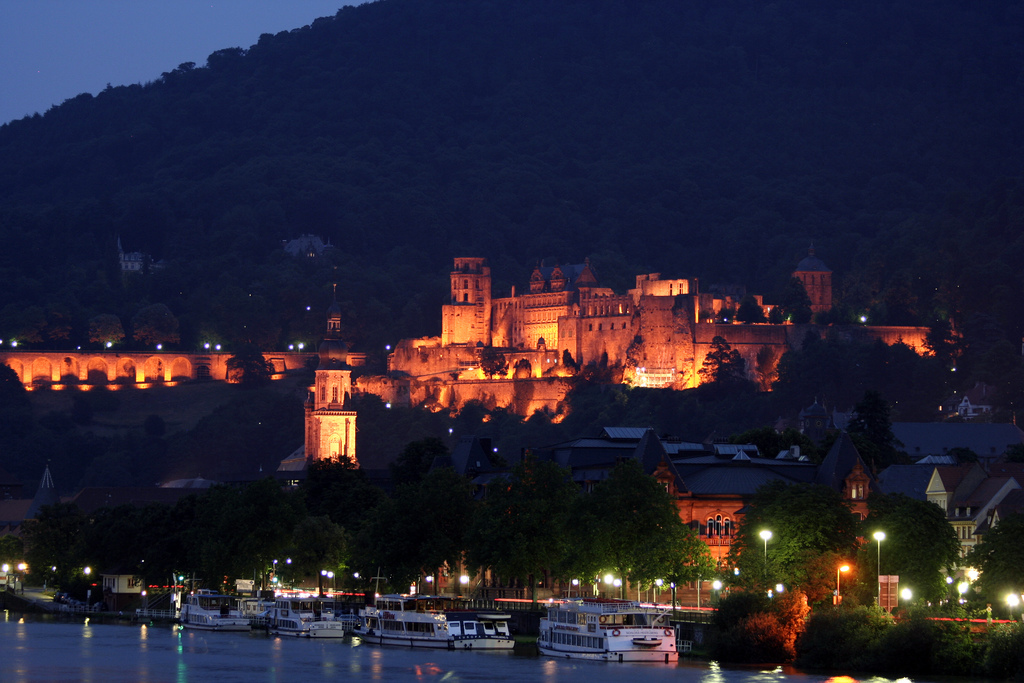
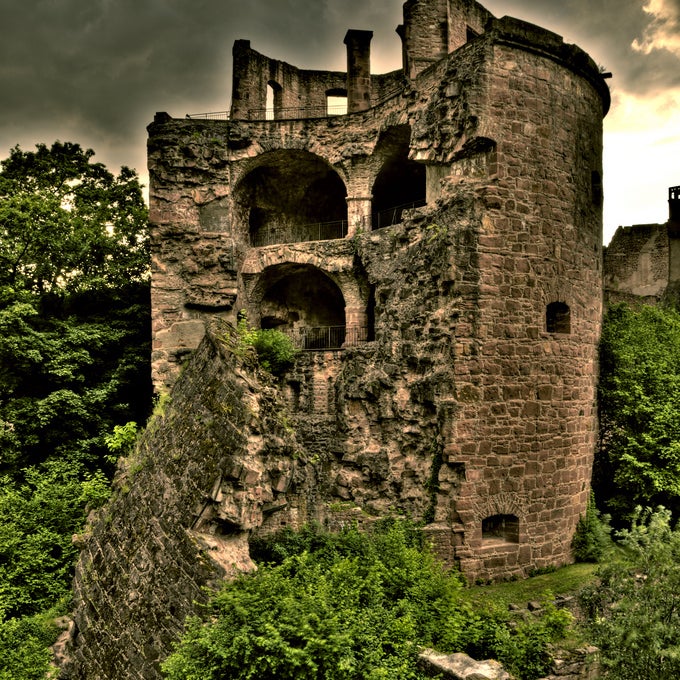
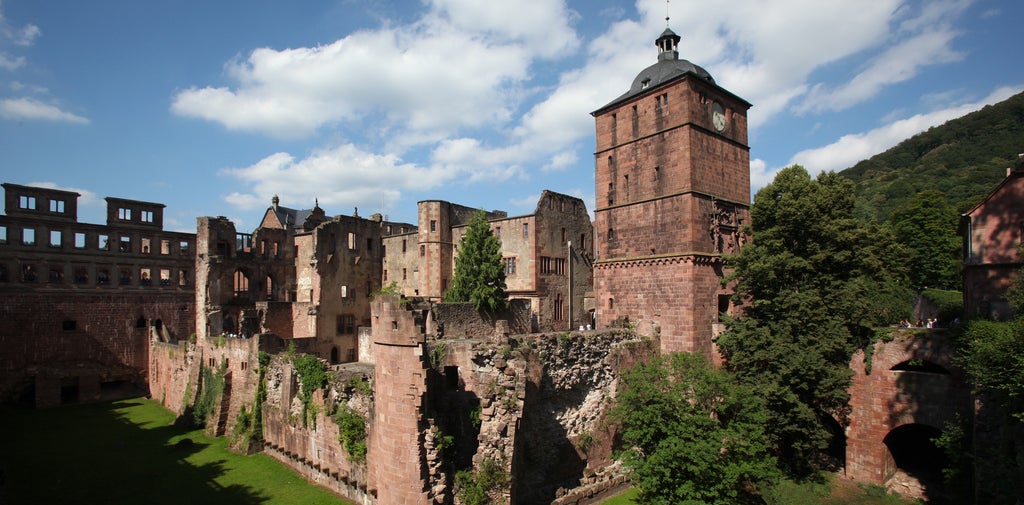
Heidelberger Schloß is one of the most famous castle ruins in the world and a great landmark of Heidelberg. The castle ruins are also among the most important Renaissance structures north of the Alps. It has been rebuilt multiple times, twice due to fires started by lightening bolts on two separate occasions. Talk about bad luck!
11. Eltz Castle in Wierschem
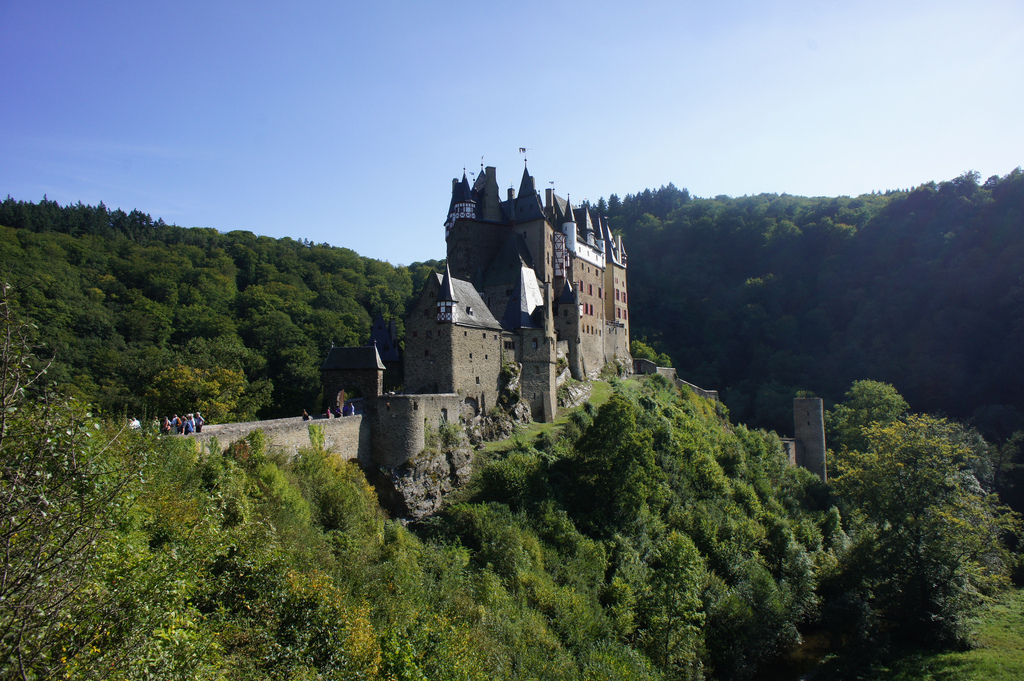
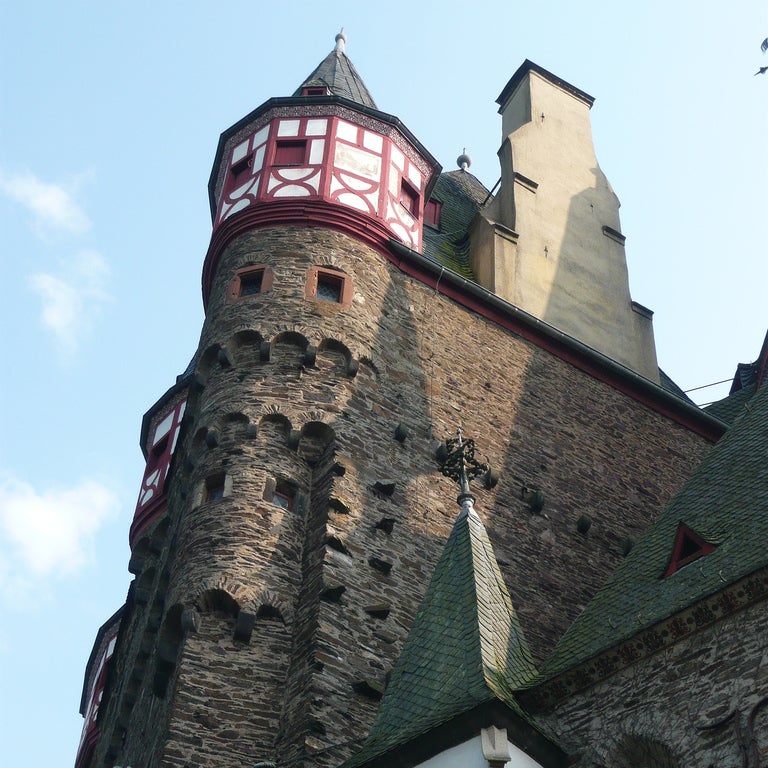

Burg Eltz is a medieval castle nestling in the hills above the Moselle River. It is still owned and partly occupied by a branch of the Kempenich family, same family that lived there in the 12th century, 33 generations ago.
12. Hohenzollern Castle near Stuttgart
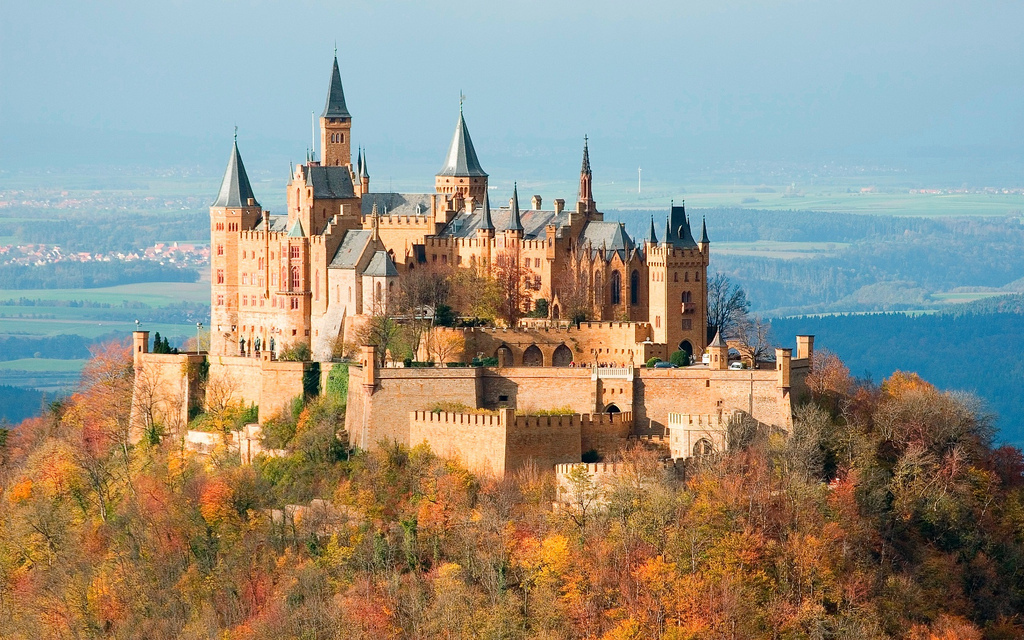


The seat of the Hohenzollern family was constructed for King Frederick William IV of Prussia. In 1945 it became home to the former Crown Prince Wilhelm of Germany, the son of the last Hohenzollern monarch, Kaiser Wilhelm II.
13. Lichtenstein Castle in Württemberg

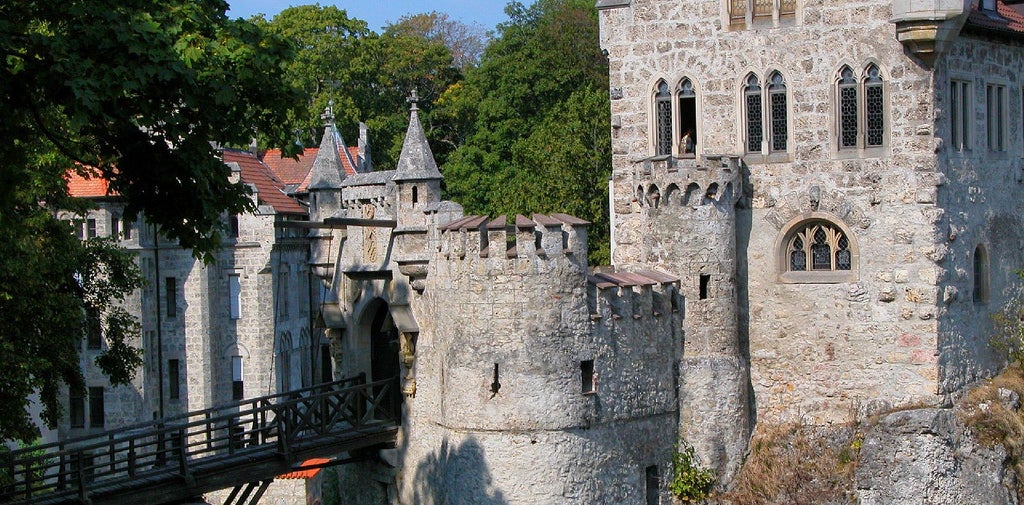

Schloß Lichtenstein has been destroyed twice: once in the Reichskrieg's War of 1311 and again by the city-state of Reutlingen in 1381. The castle was not reconstructed and subsequently fell to ruin. Today, the castle is still owned by the Dukes of Urach, and contains a large collection of historic weapons and armor.
14. Marksburg in Braubach



The Marksburg is a fortress above the town of Braubach. It is the only medieval castle of the Middle Rhine still standing. The fortress was mostly used for protection rather than as a residence for royal families.
15. Braunfels Castle in Braunfels


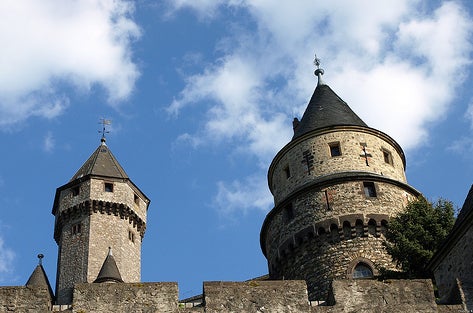
Schloß Braunfels was built in the 13th century by the Counts of Nassau and served as the Solms-Braunfels noble family's residential castle. After Solms Castle had been destroyed in 1384, Braunfels Castle became the seat of the Counts of Solms as well.
16. Glücksburg Castle in Glücksburg
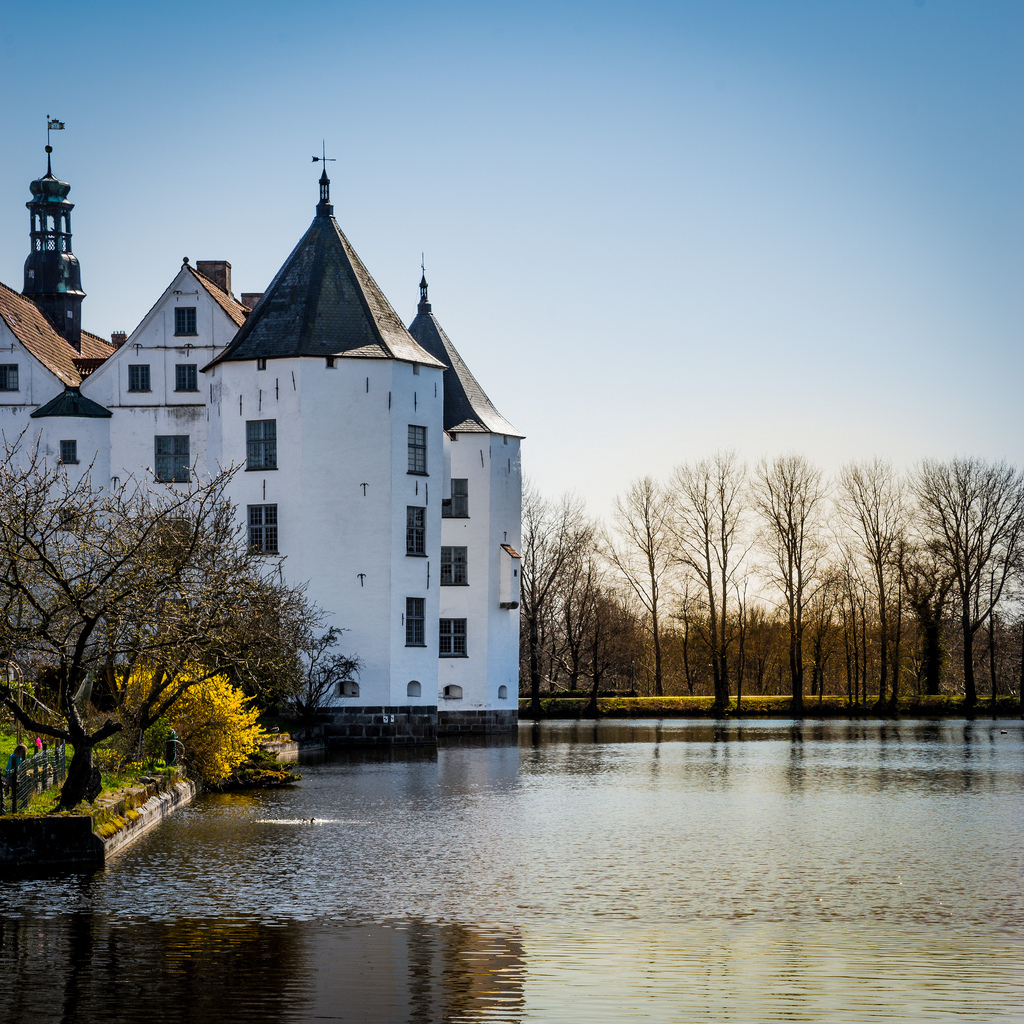
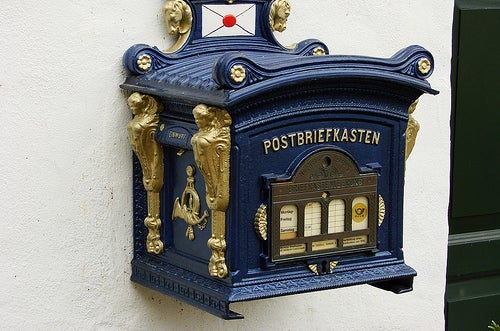
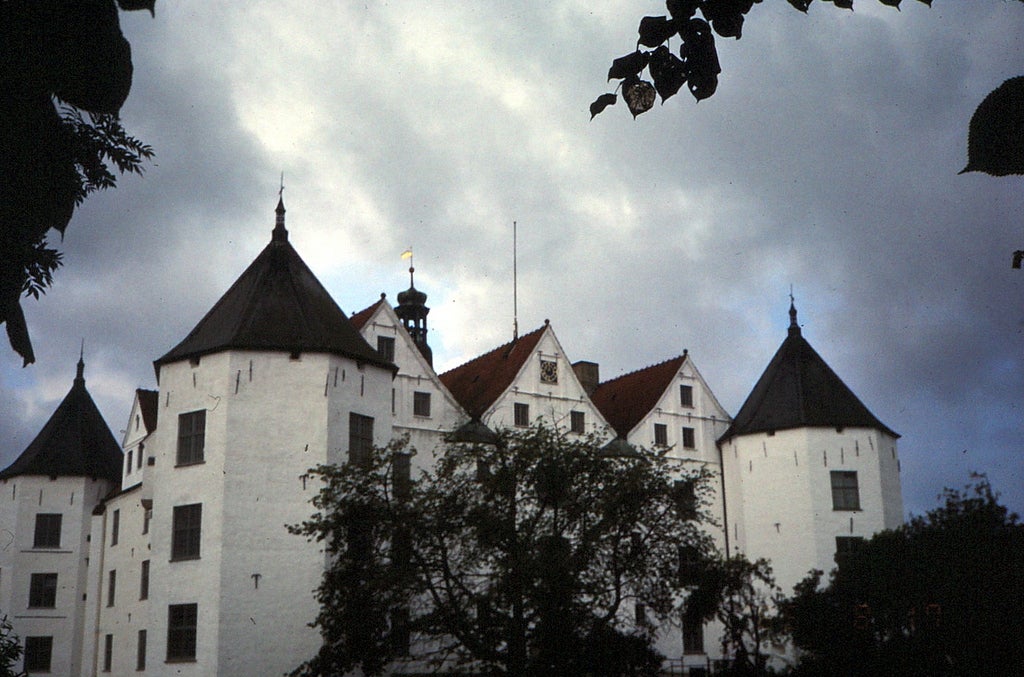
Schloß Glücksburg is the seat of the House of Schleswig-Holstein-Sonderburg-Glücksburg and was also used by the Danish kings. Situated on the Flensburg Fjord, the castle is now a museum and is no longer inhabited by the Ducal family.
17. Babelsberg Palace in Potsdam
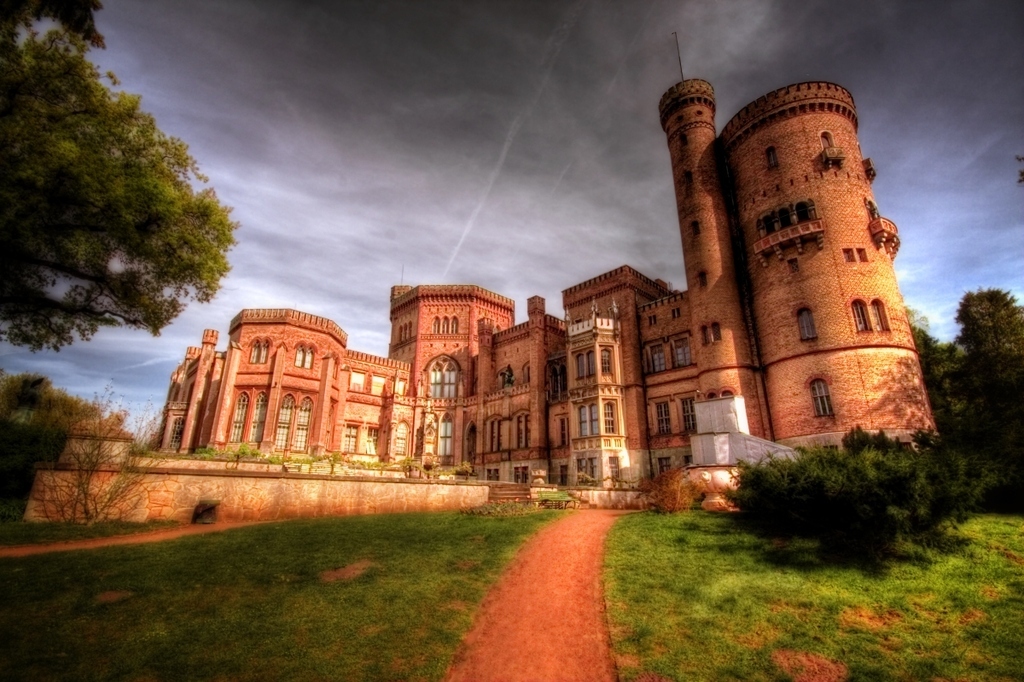
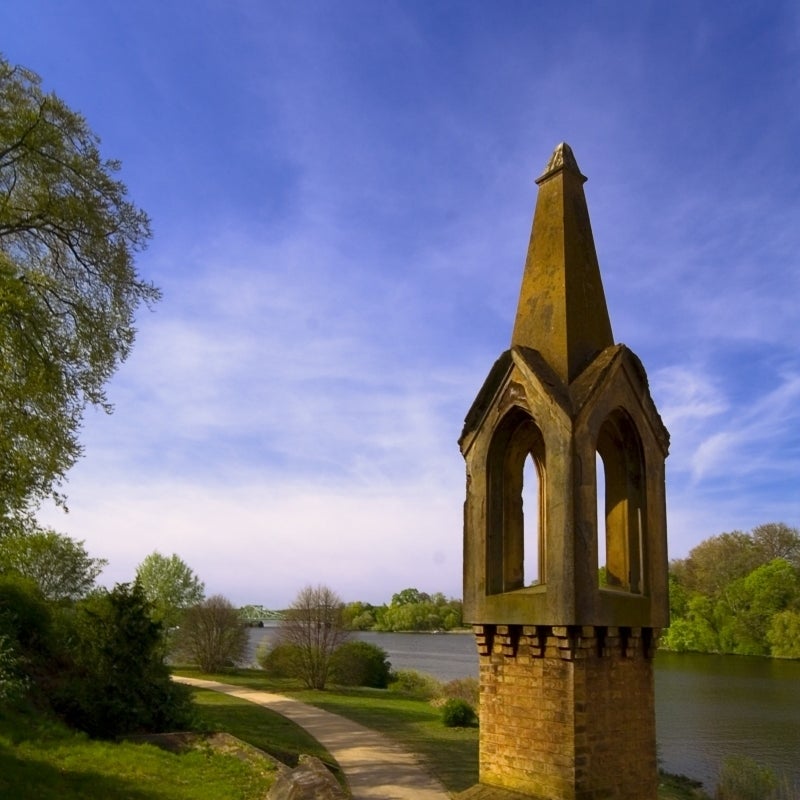

Schloß Babelsberg lies in Potsdam, the capital of the German state of Brandenburg. For more than 50 years it was the summer residence of Prince William, later Emperor William I and his wife, Augusta of the House of Saxe-Weimar.
18. Wernigerode Castle in the Harz mountains above Wernigerode
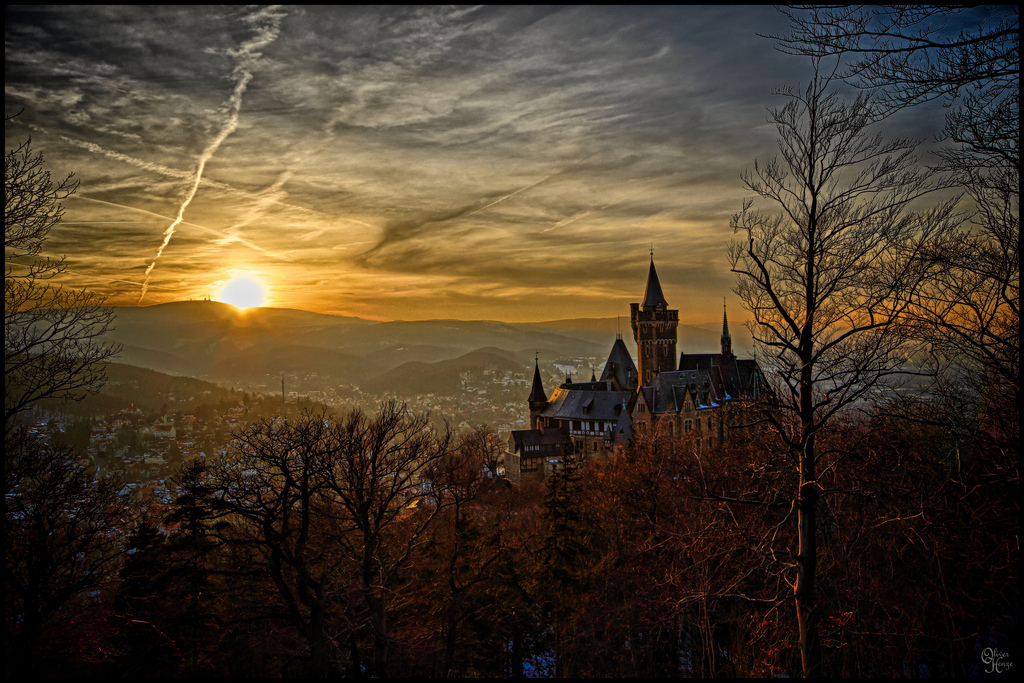
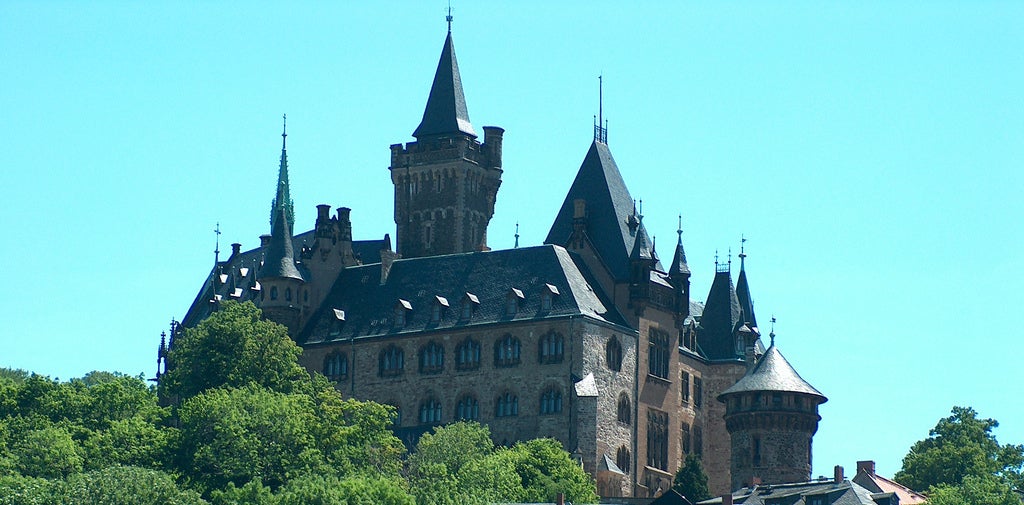

Schloß Wernigerode was rebuilt in 1710, when Count Christian Ernest relocated the seat of the government. Count Otto, first president of the Prussian Province of Hanover and German vice-chancellor, had the castle extensively rebuilt in a Neo-Romantic Gründerzeit design, finished in 1893.
